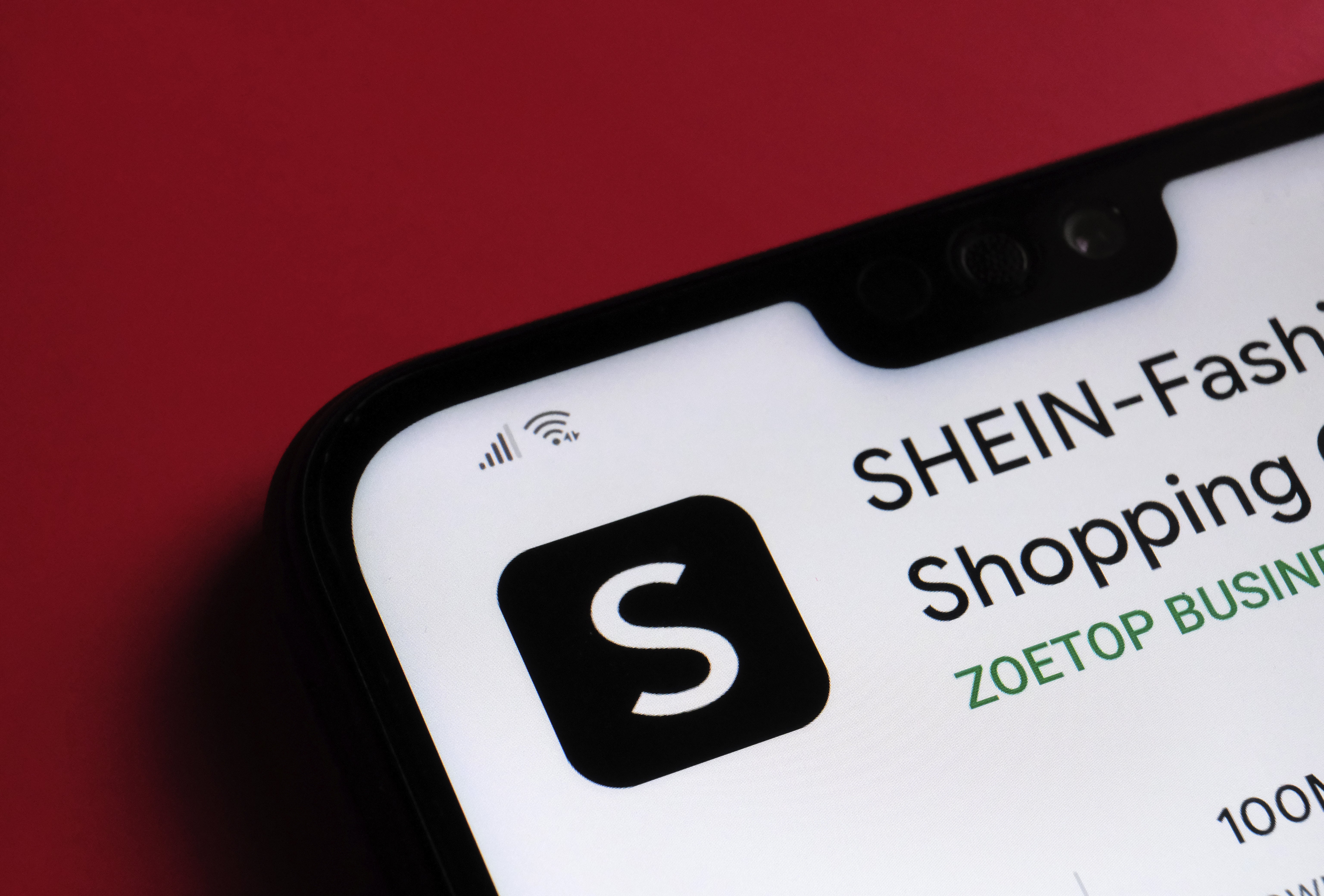You may not be all that familiar with Shein (SHE’-in), but it’s pretty certain that millions of your customers (or your teenage niece) already are.
While the direct-to-consumer e-commerce model continues to explode with new players and formats, perhaps none has grown as quickly or changed the marketplace as much as Shein, the Singapore-based online retailer that is rapidly becoming one of the biggest sellers in the U.S. And though its business remains focused on the apparel sector—specifically women’s clothing—it does sell home goods, and the bargains appear to be every bit as astonishing in bed and bath as they are for boots and blouses.
Shein was founded in 2008 in Guangzhou, China, with the brand name SheInside. Its relatively short history hasn’t prevented the company from growing around the world (it claims to ship to 220 countries) and grabbing a whopping 28 percent share of the U.S. fast-fashion business, according to data analyst firm Earnest Research—which means it now significantly outpaces both H&M and Zara. In a social media post from 2019 (now curiously deleted), the company said its U.S. sales were more than $3 billion and had been doubling every year. It has not released any financial details since, and as a privately owned business, it is impossible to know its profitability, but analysts have valued the company at $15 billion.
The Shein model is a fascinating one. It seems to work with at least 5,000 factories in China, mostly smaller outlets that may only produce a few hundred pieces at a time. But because the factories are given manufacturing specifications and compete against each other, production is relatively uniform and prices remain low, allowing the company to hold its own against the Forever 21s of the world.
The same seems to hold true in home, where Shein offers a wide variety of both hard and soft home products, including textiles, lighting, decor, kitchenware and kids products. A queen-size ruffled duvet set in 100 percent polyester is $35 with standard shipping from China of $3.99. A “wearable” bath sheet in four colors made of “Superfine Fiber” is $8. An oversize wall sticker in a chevron pattern is $6. Unframed art starts at $3, while a light-up makeup mirror is $9. On the kitchen front, a mini electric whisk is $2, and a set of six stainless steel straws with cleaning brush included is $3. With much of the home furnishings merchandise sold in the U.S. already coming from China, it’s conceivable that the same factories making goods for Shein are also producing for other brands and importers who sell here.
Shein does not appear to sell larger home furnishings like furniture or floor coverings or kitchen appliances—yet. Products are private-labeled or unbranded, but the assortment extends to hundreds of items, which is still much smaller than the thousands of clothing styles offered on the site.
A recent Wall Street Journal article on the brand positioned it as a favorite of teenagers, though many of the home products appear suited to older shoppers. And while it does not readily identify itself as a Chinese retailer, savvy shoppers will no doubt be able to figure out where their purchases are coming from.
Unfortunately for the company, young shoppers these days tend to care a lot about ethics and working conditions; Reuters recently reported Shein made false statements on its site that its factories were certified by international labor standards boards. In fact, the site and the company did not provide the disclosures required by bodies in the U.K. and Australia regarding working conditions, and when asked by the paper for comment, Shein did not respond to questions about its supply chain standards.
The company needs to hammer out these details quickly—there’s a rumor it’s working toward an initial public offering before the end of the year. With the number $47 billion floating around, it would be the largest IPO in history.
At least one American shopper didn’t seem the least bit bothered by the company’s origin, its bearing on global politics, or the possibility that its low prices might translate into low quality. “All of that stuff kind of falls to the wayside,” the woman told the Journal, “because you get so much for your money.”
Homepage photo: ©Ascannio / Adobe Stock





























